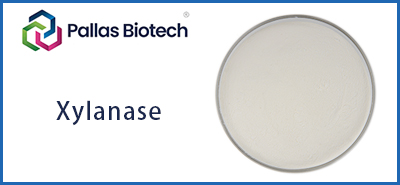 |
Xylanase
Contains special enzymes, which can convert insoluble hemicellulose in dough into soluble components, effectively improve dough handling performance, increase volume, and improve dough texture. |
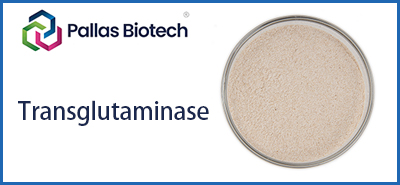 |
Transglutaminase
Promotes the cross-linking of proteins in flour, has a gluten-increasing effect, and improves product taste and appearance. |
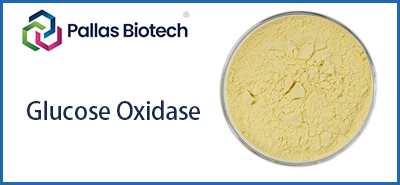 |
Glucose oxidase
The sulfhydryl group (-SH) in the gluten molecule is oxidized to disulfide bond (-S-S-), which enhances the strength of the gluten, improves the extensibility of the dough, and increases the volume of the bread. |
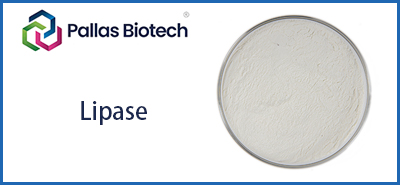 |
Lipase
Hydrolyze triglycerides, enhance dough strength, improve dough handling properties and stability, and increase product whiteness and gloss. |
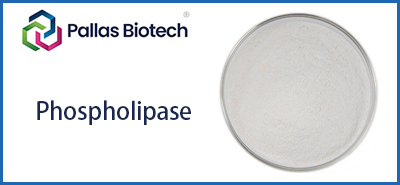 |
Phospholipase
Hydrolysis of glycerophospholipids yields lysophospholipids, which improve hydrophilicity and emulsifying properties. It can reduce the emulsifier, effectively adjust the dough, and improve the cake organization. |
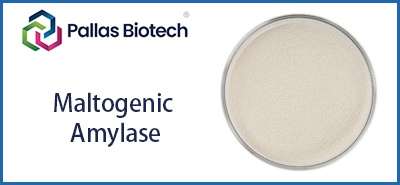 |
Maltogenic Amylase
The hydrolyzed starch generates maltose and some dextrins, which can delay the recrystallization of starch and prevent the aging caused by the mutual reaction between starch and gluten, which can improve the fresh softness and elasticity of the product and prolong the shelf life. |
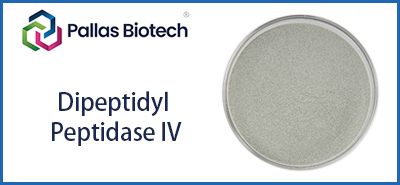 |
Dipeptidyl Peptidase IV
It has the ability to cleave peptides within proline residues, which can decompose allergenic proteins into non-allergenic peptides, effectively solving the symptoms of celiac disease. Can be used to produce gluten-free bread. |
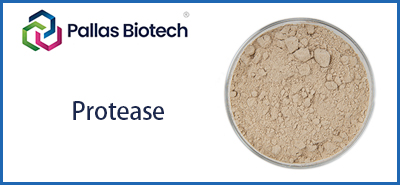 |
Protease
Can effectively break down protein. The method of decomposition is to break the peptide bonds that link amino acids into polypeptide chains. Small molecule compounds that inhibit the activity of proteases are called protease inhibitors. |